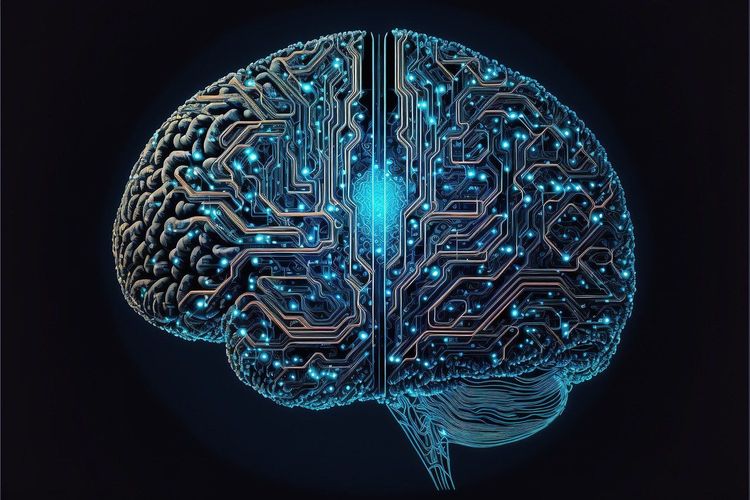Elon Musk's innovative xAI startup has introduced Grok-2, the latest iteration of its language model. Grok-2 showcases enhanced reasoning abilities and academic comprehension, surpassing other AI chatbots in benchmark tests. This new model offers substantial enhancements compared to its predecessor Grok-1.5, delivering more intuitive and versatile outputs across various tasks. Grok-2 excels in identifying missing information in content, reasoning through sequences of events, and outperformed competitors like Anthropic’s Claude 3.5 Sonnet and OpenAI’s GPT-4 in industry-standard assessments.
Currently available in beta on X, Grok-2 is accessible through the X Premium subscription, providing users with a new interface designed as an AI assistant on the platform. Users can leverage the model for tasks such as answering queries, collaborating on creative writing, or generating code snippets. Enterprise users will soon gain access to Grok-2 through the xAI API, featuring enhanced security measures like multi-factor authentication and advanced user management to prevent unauthorized access.
The release of Grok-2 marks a significant milestone for xAI, positioning the startup at the forefront of AI development. Musk, the visionary behind xAI, commended the team's remarkable progress and hinted at the impending launch of Grok-3 to rival OpenAI's GPT-5. Alongside Grok-2, xAI also introduced Grok-2 mini, a compact version offering impressive performance surpassing larger models in benchmark evaluations.
Looking ahead, xAI plans to expand Grok's capabilities by incorporating multimodal understanding into the X app. This feature will enable Grok-2 models to interpret inputs beyond text, potentially including images, videos, and audio. Musk envisions future Grok models as some of the most powerful AI models ever developed, aimed at handling diverse input modalities. To achieve this goal, xAI is collaborating with partners to build a colossal supercomputer in Memphis, Tennessee, although concerns have arisen about the potential strain on local infrastructure.







